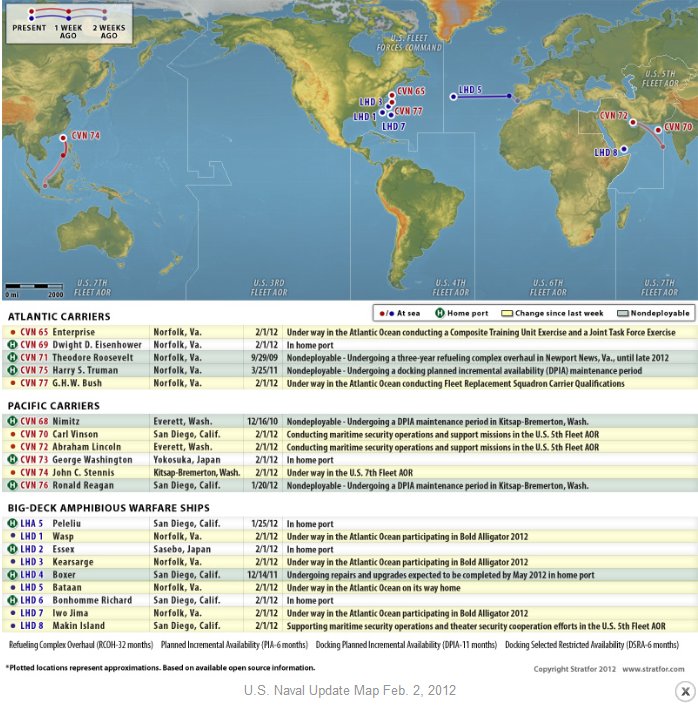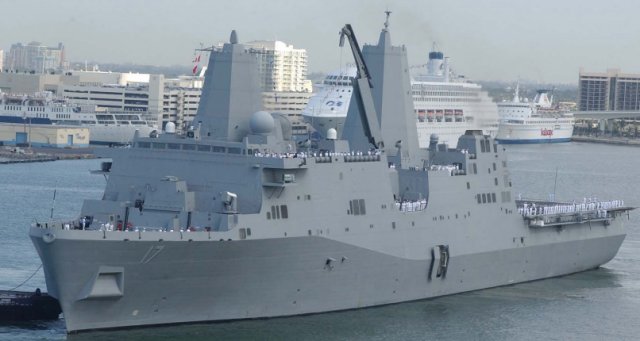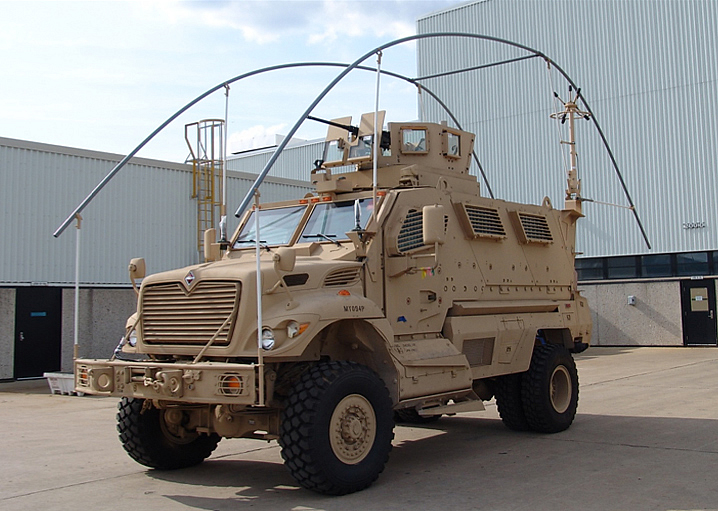In developing camouflage, that is:
The U.S. Army has decided to scrap its digital pattern camouflage combat uniforms for the more effective, but more expensive, MultiCam. In the last decade, both the army and marines adopted new, digital, camouflage pattern field uniforms. But in Afghanistan, U.S. soldiers noted that the marine digital uniforms (called MARPAT, for Marine Pattern) were superior to the army UCP (Universal Camouflage Pattern). There’s been growing dissatisfaction with UCP, and it has become a major issue because all the infantry have access to the Internet, where the constant clamor for something better than UCP forced the army to do something. This is ironic because UCP is a variant of MARPAT, but a poor one, at least according to soldiers who have encountered marines wearing MARPAT. Even more ironic is that MARPAT is based on research originally done by the army. Thus some of the resistance to copying MARPAT is admitting the marines took the same research on digital camouflage, and produced a superior pattern for combat uniforms.
A digital camouflage pattern uses “pixels” (little square or round spots of color, like you will find on your computer monitor if you look very closely), instead of just splotches of different colors. Naturally, this was called “digital camouflage.” This pattern proved considerably more effective at hiding troops than older methods. For example, in tests, it was found that soldiers wearing digital pattern uniforms were 50 percent more likely to escape detection by other troops, than if they were wearing standard green uniforms. What made the digital pattern work was the way the human brain processed information. The small “pixels” of color on the cloth makes the human brain see vegetation and terrain, not people. One could provide a more technical explanation, but the “brain processing” one pretty much says it all.








